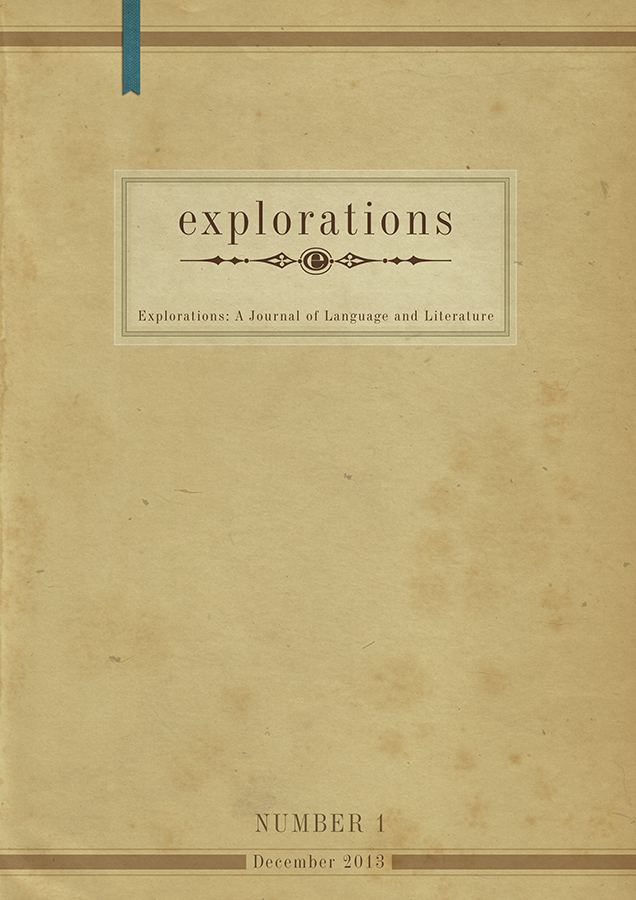Literature as Deathly Exposure. Harold Bloom’s Theory of Creative Selfhood
Literature as Deathly Exposure. Harold Bloom’s Theory of Creative Selfhood
Author(s): Wit PietrzakSubject(s): Language and Literature Studies, Studies of Literature
Published by: Uniwersytet Opolski
Keywords: Bloom; subjectivity; Heidegger; Lacan
Summary/Abstract: Even though Bloom‟s vision of poetic auto-creation has been widely discussed, it seems that the aspect of bodily existence of the Bloomian belated subject is consistently marginalized in favour of close analyses of the self‟s figurative projections. In spite of the fact that the physical self in the world is never a direct focus of his pondering, to Bloom the experience of literature, especially in the latter part of his critical career, appears to be closely interwoven with oblique intimations of one‟s physical death. Indeed, it is bodily death that seems to be the real antagonist of the ephebe as a figure of capable imagination. In the present article, I explore Bloom‟s theory of man‟s self-creation through the experience of literature with a view to showing that the process of reading/writing in general is a deliberate self-exposure to the horizon of death that turns into a supreme creative mandate.
Journal: Explorations: A Journal of Language and Literature
- Issue Year: 2013
- Issue No: 1
- Page Range: 125-144
- Page Count: 20
- Language: English

